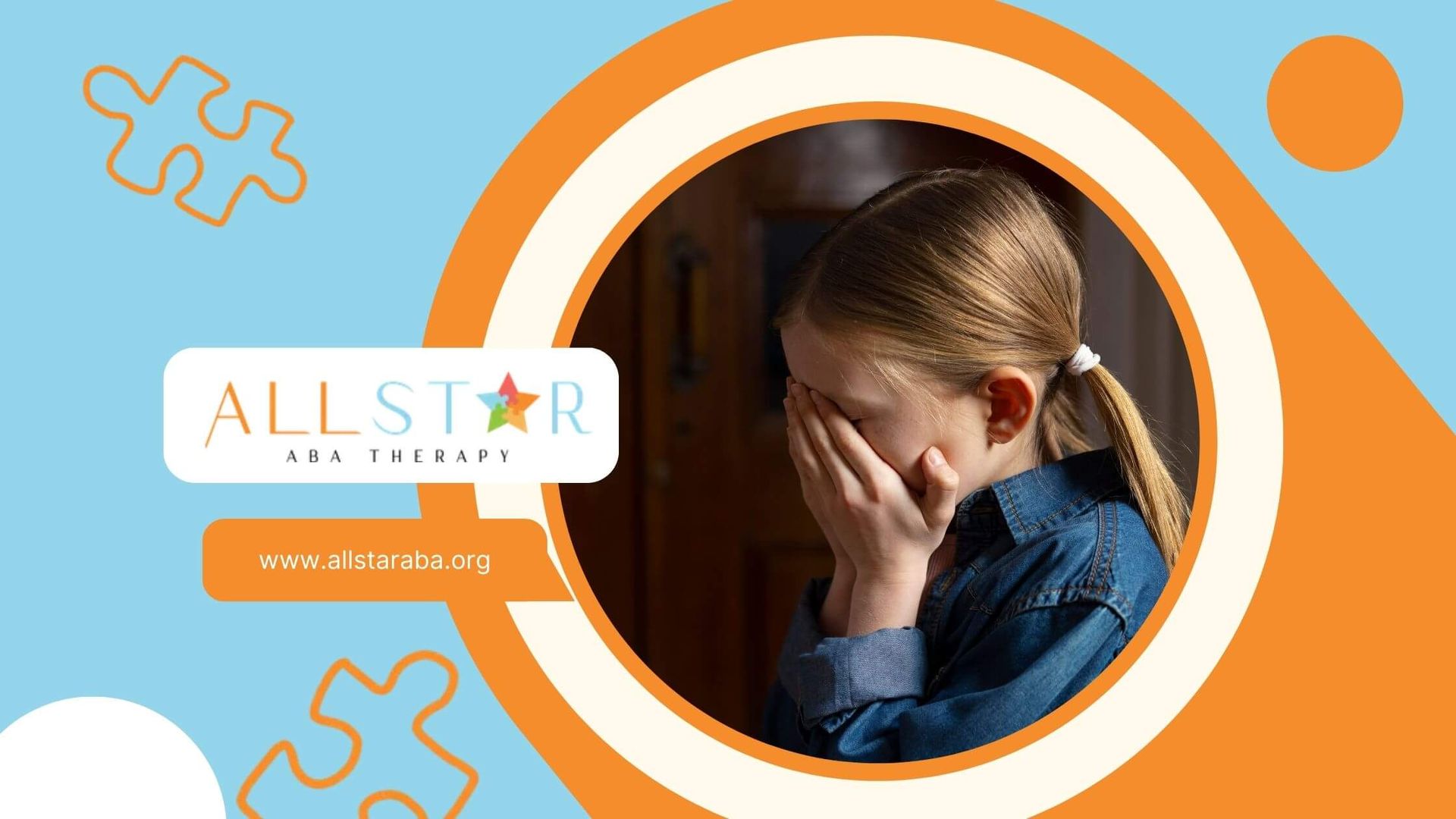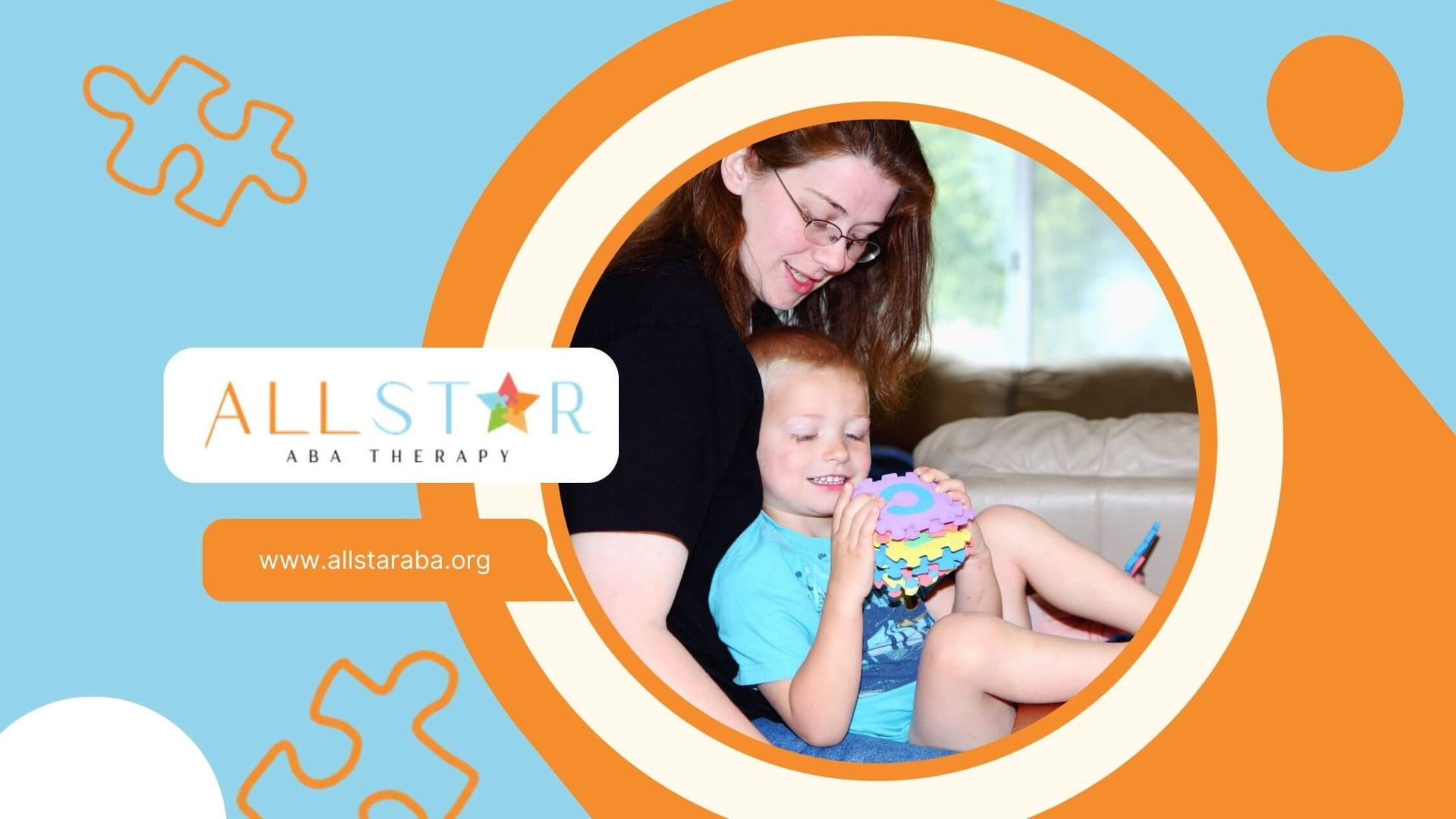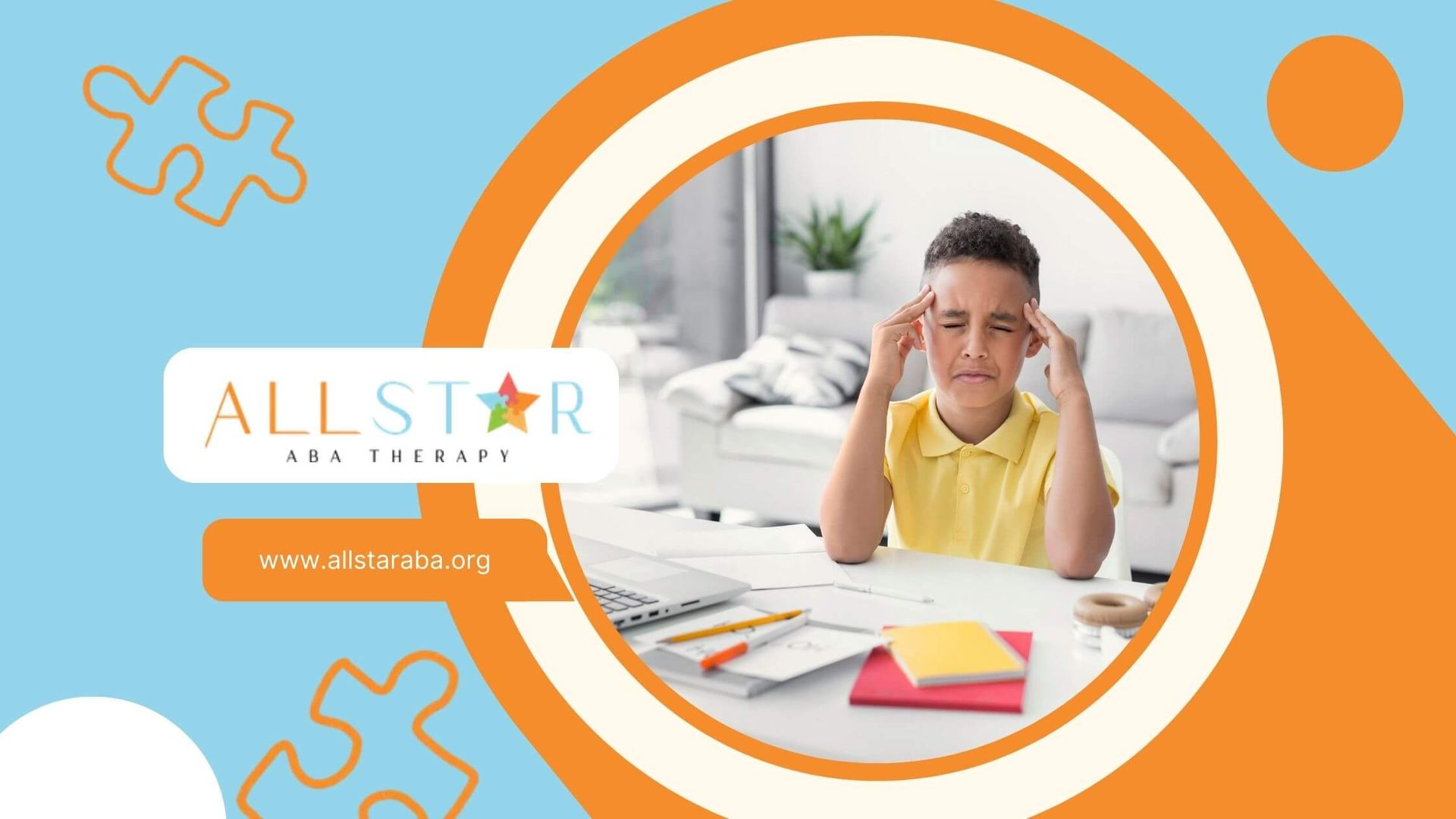New Paragraph
Understanding Discrimination Training in ABA
Discrimination training is a fundamental concept in Applied Behavior Analysis (ABA) therapy, a widely recognized type of therapy for understanding and modifying behavior. ABA therapy is often employed to assist individuals with Autism Spectrum Disorder (ASD) and other developmental disabilities. Examples of discrimination training form a core component of this therapy, focusing on teaching individuals to differentiate between various stimuli and respond appropriately. This blog post aims to shed light on this crucial aspect of ABA therapy, exploring its principles, techniques, and significance in fostering positive behavior changes and important skills development.
Exploring the Fundamentals of Discrimination Training in ABA
Discrimination training, in its essence, is the process of teaching an individual to distinguish between two or more stimuli. One stimulus signals the availability of reinforcement for a specific response, while the other indicates that reinforcement will not be provided.
For instance, imagine teaching a child to identify a banana from a collection of fruits using simple commands. When presented with options and asked, "Which one is the banana?", the child selecting the banana (and not other fruits) indicates successful discrimination training. The child learns to associate the correct response (choosing the banana) with positive reinforcement, thereby strengthening the desired behavior and understanding complex conditional relationships in the process, eventually moving on to a new item.
The Definition and Purpose of Discrimination Training
Discrimination training, a fundamental component of ABA, is a type of simple discrimination training learning where an individual is taught to respond differently to distinct stimuli. This involves reinforcing desired responses to a specific stimulus while withholding reinforcement for responses to other stimuli. Discrimination training aims to help individuals learn to respond in a particular way to distinguish between important and unimportant cues in their environment.
The ability to discriminate is crucial for various skills, such as communication, social interaction, and daily living. For example, children learn to differentiate between the words "cat" and "hat," enabling them to understand and use these words correctly. Similarly, they learn to discriminate between a red light and a green light, allowing them to navigate traffic safely.
The ultimate goal is to promote the generalization of learned behaviors across different settings. This means that individuals can apply what they've learned in various situations and environments, leading to increased independence and improved quality of life.
Key Principles Behind Discrimination Training in ABA
Discrimination training in ABA relies on several key principles derived from behavior analysis. One of the most important is the concept of the discriminative stimulus and the stimulus delta. A discriminative stimulus (SD) is a cue or event that signals the availability of reinforcement for a specific behavior. For example, a green light at a traffic signal is an SD for pressing the gas pedal and driving forward.
Another crucial principle is positive reinforcement. When a learner correctly responds to the SD, they receive positive reinforcement, which can be anything that increases the likelihood of the behavior occurring again. Positive reinforcement can take many forms, including verbal praise, tangible rewards, or access to preferred activities.
Through repeated pairings of the SD, the desired behavior, and positive reinforcement, the individual learns to discriminate between different stimuli and respond accordingly. This process is essential for acquiring new skills and modifying existing behaviors.
The Role of Discriminative Stimuli in Learning
Discriminative stimuli (SDs) are like guides, shaping an individual's behavior by indicating when and where a specific action will lead to a desired outcome. They provide clarity and structure to the learning process, enabling individuals to make connections between their actions and the consequences.
In essence, SDs act as triggers. They signal the learner that a particular behavior is likely to be reinforced, thereby increasing the probability of that behavior occurring again in the presence of the same or similar stimuli.
Identifying Discriminative Stimuli in ABA Settings
In ABA therapy, identifying and manipulating discriminative stimuli (SDs) is crucial for teaching new skills and modifying behaviors. Therapists carefully analyze the learner's environment and pinpoint specific cues that can be used as SDs to elicit the desired response.
For instance, if a therapist is teaching a child to identify the color red, they might use a red block as the SD. The therapist presents the block and asks the child, "What color is this?" If the child correctly identifies the color as "red," they receive positive reinforcement, such as verbal praise or a small toy.
Through repeated pairings of the red block (SD), the correct response ("red"), and positive reinforcement, the child learns to associate the color red with the word "red,” demonstrating successful discrimination between colors.
How Discriminative Stimuli Facilitate Learning and Behavior Modification
Discriminative stimuli (SD) act as signposts in the learning process, guiding individuals towards the desired behavior. By consistently pairing a specific stimulus with a particular response and its subsequent consequence, learners start to anticipate the outcome of their actions.
For instance, a child learning to ask for a break might initially grab their parent's hand and try to pull them away from an activity. The therapist, recognizing this as a request for a break, might introduce the phrase "break, please" as the SD. As the child begins to associate the phrase "break, please" with receiving a break, the likelihood of them using the phrase independently increases.
This illustrates how SDs shape behavior by creating clear connections between an action and its consequence. Over time, the consistent pairing of the SD, the desired behavior, and reinforcement leads to lasting behavior modification and skill development.
Techniques and Strategies for Effective Discrimination Training
Effective discrimination training requires careful planning and the implementation of proven techniques. Therapists employ a variety of strategies, adapting them to the specific needs and learning styles of each individual.
Some common techniques include discrete trial training (DTT), errorless learning, and prompting and fading. These techniques provide structured frameworks for teaching discrimination, ensuring systematic skill acquisition and promoting the generalization of learned behaviors.
Implementing Discrete Trial Training (DTT) for Skill Acquisition
Discrete Trial Training (DTT) is a fundamental component of ABA therapy, focusing on skill acquisition through structured learning. By breaking down tasks into smaller components, DTT allows for targeted teaching of a wide range of skills. ABA therapists use specific stimuli to prompt correct responses and discriminate between different objects or cues. Positive consequences, such as reinforcements, shape discrimination skills effectively. Implementing DTT involves creating a controlled environment where individuals with autism spectrum or other developmental disabilities can learn essential skills at their own pace.
Utilizing Prompting and Fading Techniques in Teaching
Prompting and fading techniques are valuable tools in ABA therapy, used to support learners in acquiring new skills, particularly during discrimination training. Prompting involves providing additional cues or assistance to guide the learner towards the correct response in the presence of specific stimuli.
There are various types of prompts, ranging from verbal cues and gestures to physical guidance. The level of prompting is adjusted based on the learner's needs, ensuring they are adequately supported without becoming overly reliant on prompts.
As the learner becomes more proficient, fading techniques are employed to gradually reduce the level of support. This process ensures that the learner eventually learns to respond independently to the SD without the need for prompts, promoting self-sufficiency and skill generalization.
Measuring Success in Discrimination Training
Measuring success in discrimination training involves more than just observing whether or not a learner can perform a specific skill. It requires a systematic approach of setting clear objectives, diligently monitoring progress, and analyzing data to assess the effectiveness of the training.
Regular assessments and data analysis are crucial for determining if the learner is making meaningful progress. Therapists track the learner's responses, noting accuracy, fluency, and the level of prompting required. This data provides valuable insights, allowing therapists to make informed decisions about program adjustments and ensure the learner is on the path to success.
Setting Objectives and Monitoring Progress
Setting clear and measurable objectives is paramount in discrimination training. Before initiating the training, the therapist, in collaboration with the individual's support system, identifies specific, measurable, achievable, relevant, and time-bound (SMART) goals.
These goals might include increasing the accuracy of identifying specific stimuli, reducing the need for prompts, or generalizing the learned behavior to different settings. The therapist then develops a data collection system to monitor progress towards these goals consistently.
By meticulously tracking the learner’s responses and analyzing the collected data, therapists can pinpoint areas of strength and areas requiring further intervention. This data-driven approach ensures that the training remains focused, relevant, and effective in achieving the desired outcomes – fostering adaptive behaviors and enhancing independence.
Adjusting Strategies Based on Learner Response
Effective discrimination training requires flexibility and a willingness to adjust strategies based on the individual's needs and responses. No two learners are alike, and what works for one may not necessarily work for another.
Therapists closely observe the learner's responses to different stimuli and adjust the training accordingly. If a learner struggles with specific discriminations, the therapist might modify the stimuli, simplify the task, or provide additional prompts.
Regularly evaluating the learner's progress and making necessary adjustments to the training program are crucial aspects of behavior modification. By remaining responsive to the learner's individual needs and adapting strategies as needed, therapists can optimize outcomes and facilitate successful skill acquisition.
Conclusion
In conclusion, understanding discrimination training in Applied Behavior Analysis (ABA) is crucial for promoting positive behavior change. By identifying discriminative stimuli, implementing effective training techniques, and measuring progress, individuals can acquire new skills and improve behavior. Discrimination training plays a significant role in skill acquisition and behavior modification, particularly beneficial for individuals with Autism Spectrum Disorder (ASD). Through setting objectives and adjusting strategies based on learner response, success in discrimination training can be achieved across various age groups. Embracing the fundamentals of discrimination training empowers individuals to enhance learning outcomes and promote positive behaviors effectively.
As a leading ABA provider in Maryland, All Star ABA specializes in evidence-based practices, including discrimination training.
Our experienced behavior analysts utilize this technique to teach individuals with autism to distinguish between different stimuli and make appropriate choices. By incorporating discrimination training into personalized treatment plans, we help individuals develop essential skills, improve problem-solving abilities, and enhance overall independence. Choose All Star ABA for compassionate, expert guidance and a focus on positive outcomes.
Frequently Asked Questions
Measuring Success in Discrimination Training
Measuring success in discrimination training involves more than just observing whether or not a learner can perform a specific skill. It requires a systematic approach of setting clear objectives, diligently monitoring progress, and analyzing data to assess the effectiveness of the training.
Regular assessments and data analysis are crucial for determining if the learner is making meaningful progress. Therapists track the learner's responses, noting accuracy, fluency, and the level of prompting required. This data provides valuable insights, allowing therapists to make informed decisions about program adjustments and ensure the learner is on the path to success.
Setting Objectives and Monitoring Progress
Setting clear and measurable objectives is paramount in discrimination training. Before initiating the training, the therapist, in collaboration with the individual's support system, identifies specific, measurable, achievable, relevant, and time-bound (SMART) goals.
These goals might include increasing the accuracy of identifying specific stimuli, reducing the need for prompts, or generalizing the learned behavior to different settings. The therapist then develops a data collection system to monitor progress towards these goals consistently.
By meticulously tracking the learner’s responses and analyzing the collected data, therapists can pinpoint areas of strength and areas requiring further intervention. This data-driven approach ensures that the training remains focused, relevant, and effective in achieving the desired outcomes – fostering adaptive behaviors and enhancing independence.
Adjusting Strategies Based on Learner Response
Effective discrimination training requires flexibility and a willingness to adjust strategies based on the individual's needs and responses. No two learners are alike, and what works for one may not necessarily work for another.
Therapists closely observe the learner's responses to different stimuli and adjust the training accordingly. If a learner struggles with specific discriminations, the therapist might modify the stimuli, simplify the task, or provide additional prompts.
Regularly evaluating the learner's progress and making necessary adjustments to the training program are crucial aspects of behavior modification. By remaining responsive to the learner's individual needs and adapting strategies as needed, therapists can optimize outcomes and facilitate successful skill acquisition.
Conclusion
In conclusion, understanding discrimination training in Applied Behavior Analysis (ABA) is crucial for promoting positive behavior change. By identifying discriminative stimuli, implementing effective training techniques, and measuring progress, individuals can acquire new skills and improve behavior. Discrimination training plays a significant role in skill acquisition and behavior modification, particularly beneficial for individuals with Autism Spectrum Disorder (ASD). Through setting objectives and adjusting strategies based on learner response, success in discrimination training can be achieved across various age groups. Embracing the fundamentals of discrimination training empowers individuals to enhance learning outcomes and promote positive behaviors effectively.
As a leading ABA provider in Maryland, All Star ABA specializes in evidence-based practices, including discrimination training.
Our experienced behavior analysts utilize this technique to teach individuals with autism to distinguish between different stimuli and make appropriate choices. By incorporating discrimination training into personalized treatment plans, we help individuals develop essential skills, improve problem-solving abilities, and enhance overall independence. Choose All Star ABA for compassionate, expert guidance and a focus on positive outcomes.
Frequently Asked Questions
What are the first steps in starting discrimination training in ABA?
An ABA therapist will conduct an initial assessment to understand the individual's needs. Based on the assessment, the therapist will collaborate with the family to establish personalized goals and develop a structured plan for discrimination training.
How does discrimination training benefit individuals with ASD?
Discrimination training helps individuals with ASD acquire essential social skills, communication skills, and adaptive behaviors. By learning to differentiate between stimuli, they can better understand expectations and respond appropriately, leading to positive behavior changes.
Can discrimination training be applied to all age groups?
Yes, discrimination training can be adapted to meet the needs of individuals across different age groups. Whether targeting language development in toddlers or vocational skills in adults with developmental disabilities, the principles remain adaptable to individual needs.
Need Support?
We're Here to Help!
Our experienced team is ready to assist you. Reach out today to discuss how we can support your child's development and well-being.
Get started with expert ABA therapy today.








